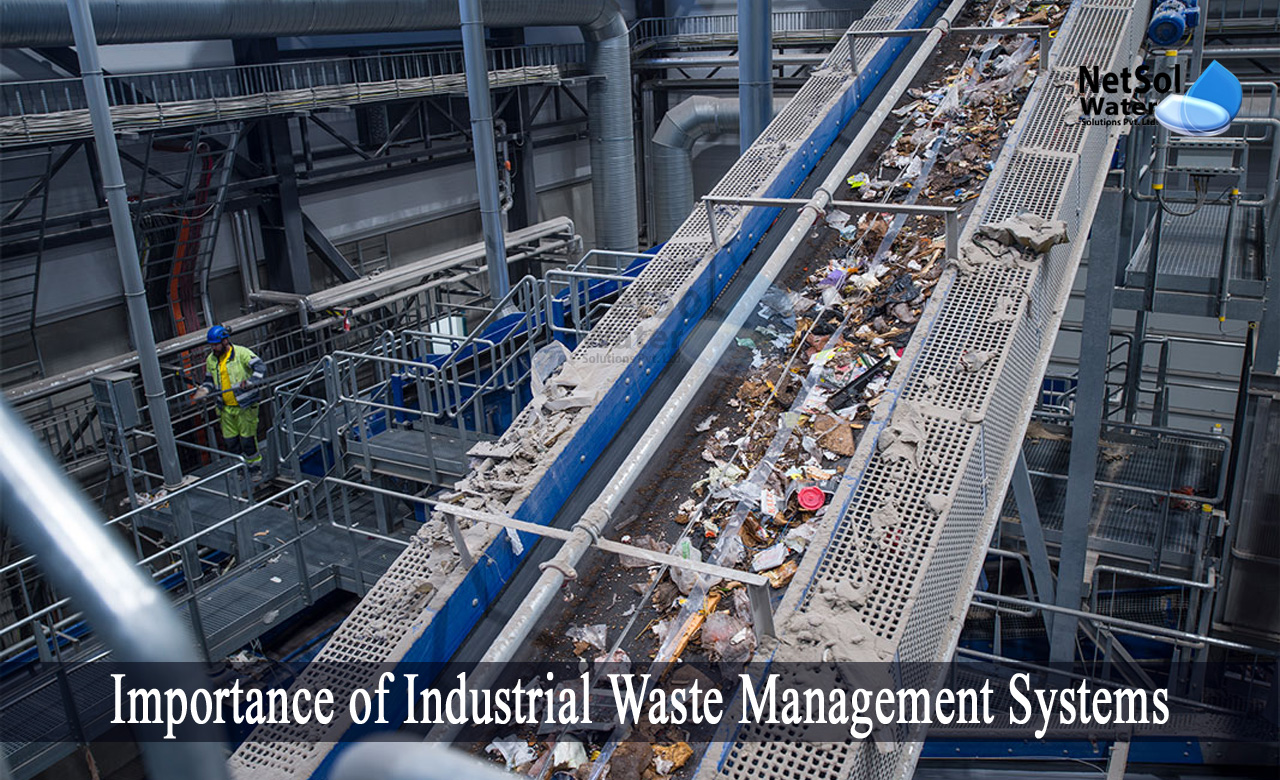All About Reclaim Waste
All About Reclaim Waste
Blog Article
Reclaim Waste for Dummies
Table of ContentsHow Reclaim Waste can Save You Time, Stress, and Money.More About Reclaim WasteAll About Reclaim WasteAn Unbiased View of Reclaim WasteA Biased View of Reclaim Waste
Check out the types, occurrences, and types of fluid waste. Domestic sewer waste describes the waste and items from a household septic tank. This type of waste is produced by human beings in homes, institutions, and various other structures. This only consists of sewage-disposal tanks that have a drainpipe field. The proper management and disposal of residential sewer waste call for fluid waste to be moved to a sewage treatment plant where the correct approaches and equipment are related to cleanse and get rid of waste.
Commercial waste typically consists of possible dangers, such as combustible products or a blend of fluid and strong waste products, and calls for a more sophisticated and comprehensive disposal procedure. The disposal of industrial waste usually involves the purification of waste prior to transport to ensure risk-free and proper disposal. Industrial waste is produced from byproducts and runoff of industrial procedures and manufacturing.
This type of waste can not make use of the exact same sewage monitoring transportation or procedures as septic or commercial liquids. The commercial waste administration process calls for the evaluation and screening of fluid waste before it undertakes the disposal procedure (industrial wastewater treatment). Overflow waste is the fluid waste that comes from overflow and excess stormwater in extremely populated areas or cities
Drainage waste can cause contamination and flooding otherwise dealt with appropriately. Learn much more concerning sewage system cleansing and waste administration. Making certain correct waste management can prevent disasters and decrease ecological damage. Both individuals in property setups and experts in business or production markets can benefit from understanding the procedures and regulations of fluid waste administration.
Top Guidelines Of Reclaim Waste
Get in touch with PROS Services today to discover about our waste monitoring and disposal services and the appropriate means to look after the fluid waste you create.
(https://blogfreely.net/reclaimwaste1/yc311a58b1)This so-called 'wastewater' is not just a crucial resource however, after therapy, will certainly be released to our land, rivers or the sea. Used water from commodes, showers, baths, cooking area sinks, washings and industrial processes is recognized as wastewater.

water made use of to cool equipment or clean plant and equipment). Stormwater, a type of wastewater, is drainage that streams from farming and urban areas such as roofs, parks, gardens, roads, courses and rain gutters into stormwater drains, after rain. Stormwater moves without treatment straight to neighborhood creeks or rivers, ultimately getting to the sea.
An Unbiased View of Reclaim Waste
In Queensland, the majority of wastewater is dealt with at sewer therapy plants. Wastewater is moved from domestic or industrial sites via a system of drains and pump terminals, understood as sewerage reticulation, news to a sewer treatment plant.
The Division of Natural Resources encourages city governments regarding handling, operating and maintaining sewerage systems and therapy plants. In unsewered locations, neighborhood governments might require householders to mount individual or household sewer treatment systems to treat residential wastewater from bathrooms, kitchen areas, bathrooms and washings. The Department of Natural Resources authorises making use of house systems when they are proven to be effective.
Many stormwater receives no treatment. In some brand-new neighborhoods, therapy of some stormwater to remove clutter, sand and crushed rock has actually started using gross contaminant traps. Wastewater treatment occurs in four phases: Removes strong issue. Bigger solids, such as plastics and other objects mistakenly discharged to drains, are gotten rid of when wastewater is passed via screens.
Wastewater after that moves right into big storage tanks where solids resolve and are removed as sludge. Grease and residue are skimmed from the surface. Makes use of small living organisms referred to as micro-organisms to damage down and get rid of staying liquified wastes and fine bits. Micro-organisms and wastes are integrated in the sludge. Eliminates nitrogen and phosphorus nutrients that might create algal flowers in our rivers and endanger marine life.
7 Simple Techniques For Reclaim Waste
Nutrient removal is not offered at all sewer treatment plants since it needs costly specialist devices. Clear liquid effluent generated after therapy might still contain disease-causing micro-organisms - liquid waste removal.

Most wastewater moves into the sewage system. Under the Act, local federal governments provide approvals and licences for eco pertinent activities (Ages) entailing wastewater launches that may have a regional effect.
A Biased View of Reclaim Waste
Or else, samples are taken for research laboratory analysis. Usually several examinations are required to establish the degrees of each of the various contaminants such as oils, heavy steels and chemicals in water. Surveillance supplies accurate details about water high quality and can verify that licence problems are being satisfied. The information acquired through monitoring provides the basis for making water quality choices.
Report this page